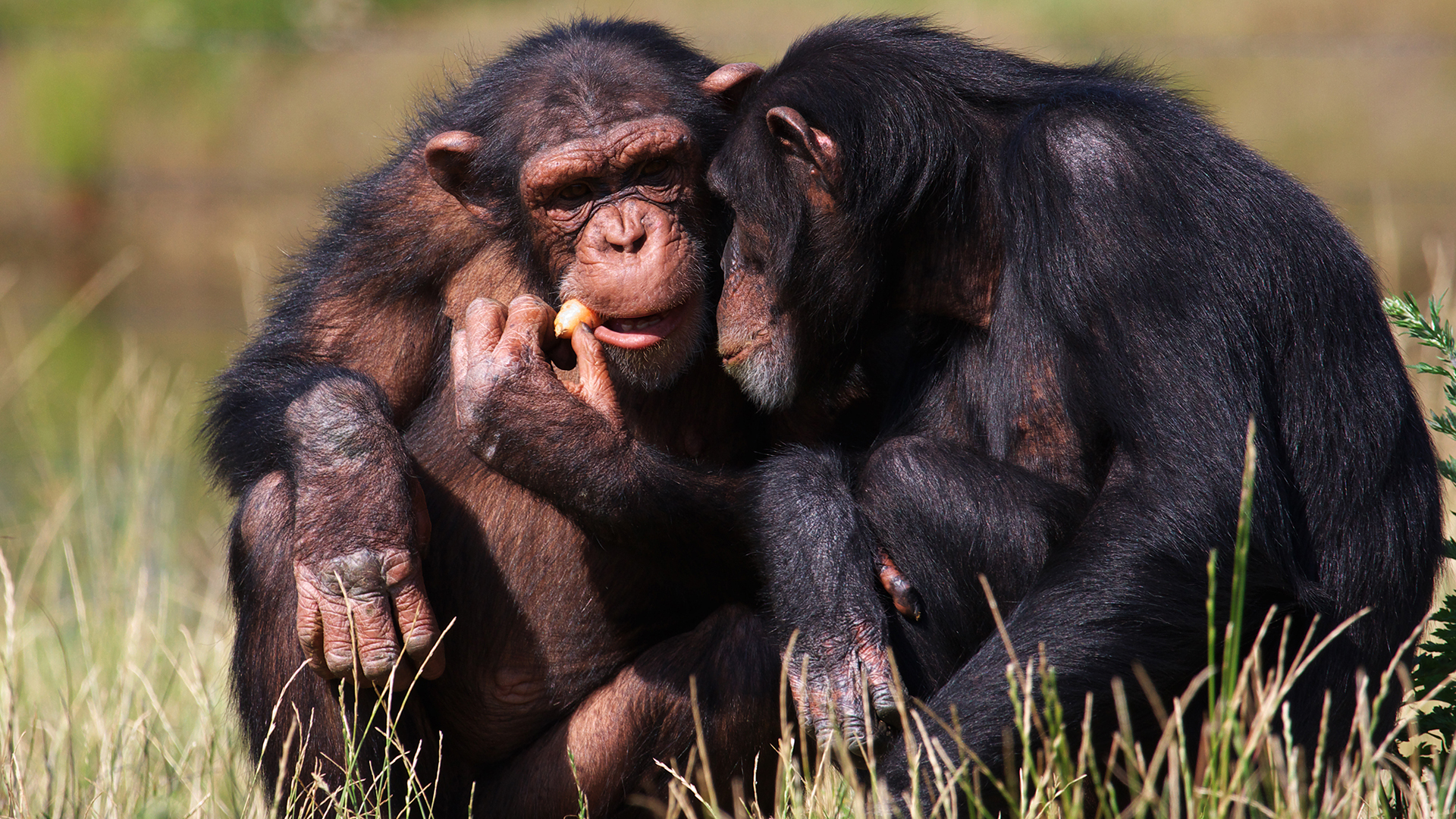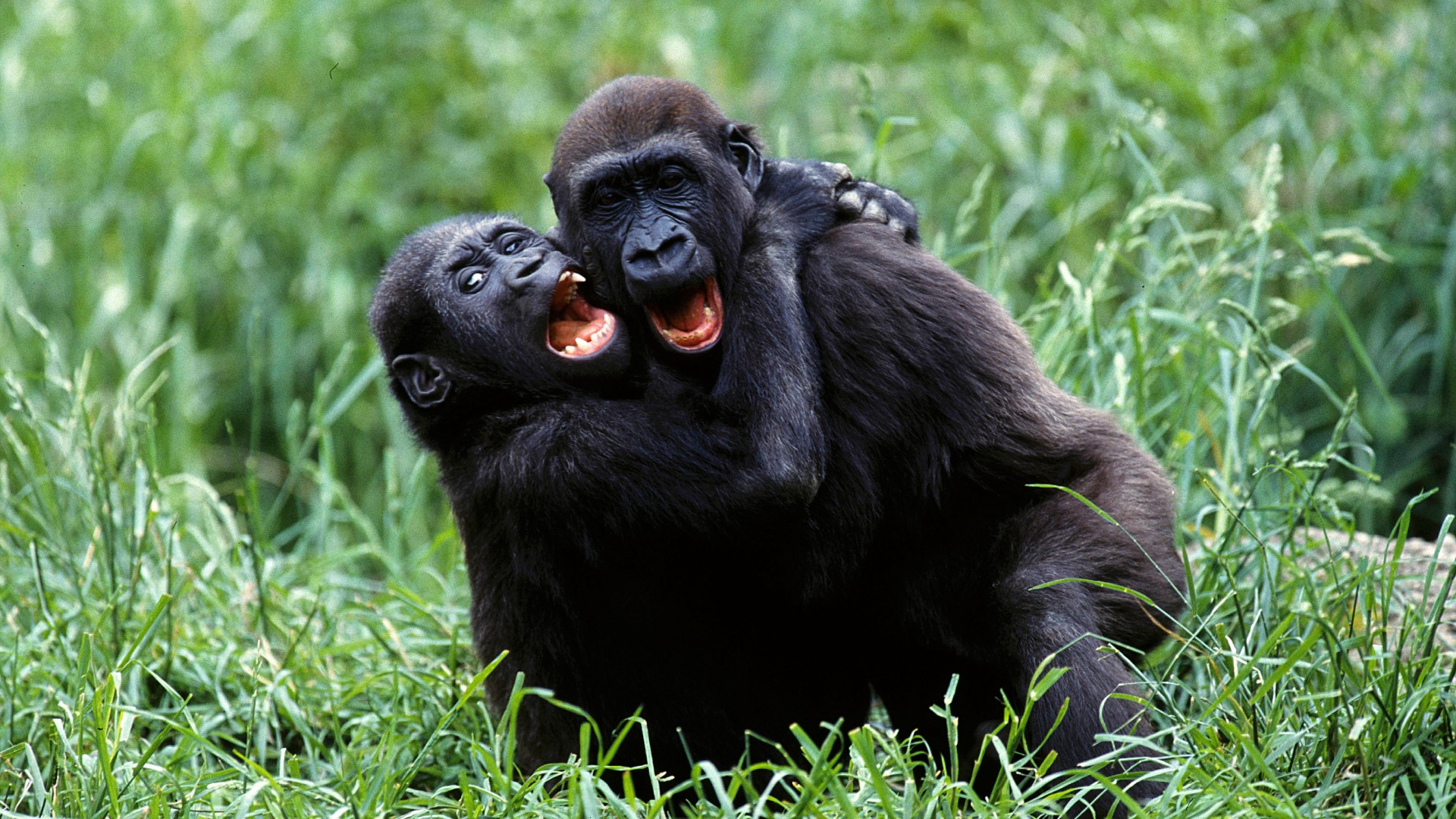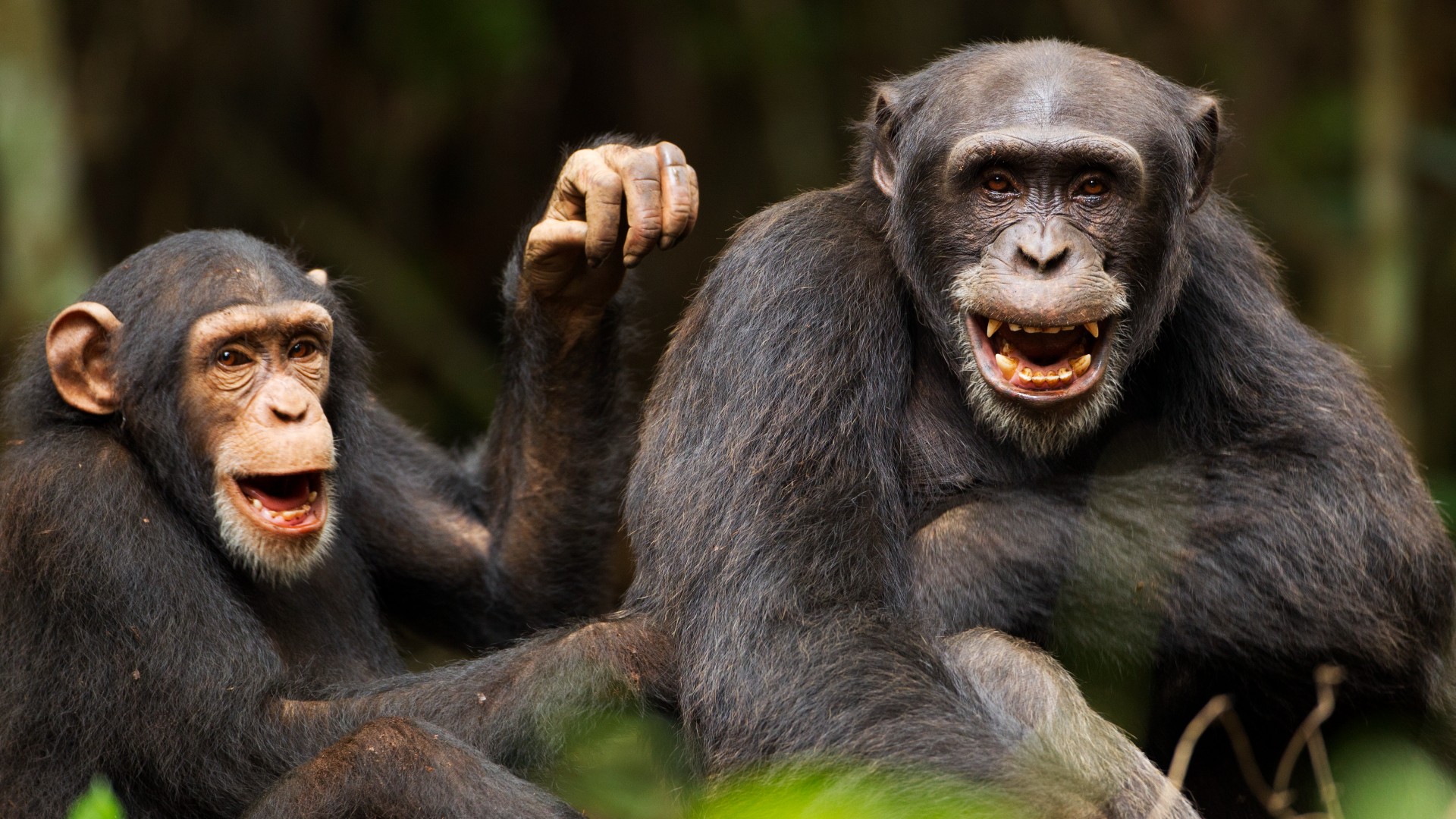Wild chimps and gorillas can form social bonds that last for decades
Friendly associations between gorillas and chimpanzees in the wild can persist for decades, and may originate around food sharing and defense against predators.

To survive, animals compete for resources, be it food, mating partners or territory. But a ground breaking recent study shows chimpanzees and gorillas form friendships, some lasting at least 20 years. They play, eat and socialise together.
It is the first study of its kind to see such long-term, peaceful associations between apes. A team of scientists led by Crickette Sanz from Washington University, US, made this discovery using over 20 years of data from the Nouabalé-Ndoki National Park in the Republic of Congo.
We know many animals are fiercely territorial, including chimpanzees and gorillas. Both species will defend their territories from other groups. Chimpanzees kill members of other chimp groups who stray into their territory. And between 2014 and 2018, researchers found that group of chimpanzees in Gabon, Central Africa, had killed young gorillas and even saw a female chimpanzee eating an infant gorilla.
So, I was surprised to hear from the new study that the two ape species sometimes form lasting unions. The fact that these species can live peacefully in one area for decades, and be dinner for the other in another region is fascinating.
Hanging out
Young adult male primates tend to be more outgoing and inquisitive than other members of their troop. In the new study, scientists found juveniles would often seek out particular members of the other species to play, sometimes travelling long distances (over 300 metres) alone to do so.
Mixing with another group of your own or another species can be risky. But both species were relaxed around one another instead of alert to attack. The study also found chimpanzee and gorilla females with young offspring also bonded with each other, as did the whole spectrum of age ranges. Chimpanzees were even seen mimicking the classic gorilla chest beat. Neither species ever made alarm calls when they encountered each other.
Food orientated friendships
The next task now for researchers is to pick apart what exactly is different between the behaviour of the chimpanzees and gorillas in the home ranges in the Republic of Congo and Gabon (about 1,000km apart).
Get the world’s most fascinating discoveries delivered straight to your inbox.
Chimpanzees and gorillas eat similar foods and most of the amiable interactions the scientists recorded in the Republic of Congo were of the apes feeding in fig and other fruit trees.
Why would you tolerate someone gatecrashing your buffet? Figs are high energy and a prized resource. The trees fruit for only four to five days. And fruiting is asynchronous (meaning they fruit at random). If gorillas or chimpanzees find ripe ones perhaps they are better off tolerating one another than wasting energy chasing each other away. Combining knowledge or staying close enough to eavesdrop on what the others are doing could give them an advantage too. Chimpanzees tend to eat much more fruit than gorillas. Yet these gorillas in the Republic of Congo have a higher fruit diet than normal which could help explain their unusually chummy behaviour around the local chimpanzees.
I’ve got your back
Leopards are predators of both species so it pays to have as many eyes on the lookout as possible. Both species even responded to the predator alarm calls of the other. They shared information about predators and feeding sites.
Many other species work together to evade predators. Antelope, wildebeests and zebra gather in their thousands every year to travel together across Tanzania and Kenya in search of good grazing and safe places to breed. And we do see alliances between other monkey species too, such as putty-nosed and Diana monkeys of the Taï National Park, in Ivory Coast in West Africa, usually to increase feeding opportunities or predator detection.
These discoveries could give clues about how humans may have evolved. Different species of ancient humans may have also showed cross-species tolerance and friendships despite similar overlaps in diet and competition. Skeleton hybrids of different human species have been found. Friendships can also reduce stress for humans and owning a pet can boost mental health. So it would be fascinating to see if apes enjoy these benefits from having a buddy of another species too.
Don’t take apes for granted
For all we know these interactions could be more common than reported. In places where chimpanzees and gorillas share habitats researchers often only study one or the other species. The species which is not used to people will often flee on sight of the research team. Researchers often work with species for years before they become used to people.
Chimpanzees are considered endangered while gorillas are listed as critically endangered on the International Union for Conservation of Nature red list of threatened species. The study shows how full of surprises our close relatives are and how important it is to preserve the natural world so that their fascinating behaviours are not lost before we even learn of them.
This article is republished from The Conversation under a Creative Commons license. Read the original article.
Senior Lecturer in Evolution and Social Behaviour, Nottingham Trent University
 Live Science Plus
Live Science Plus







